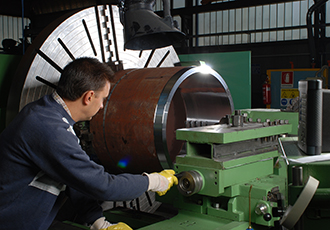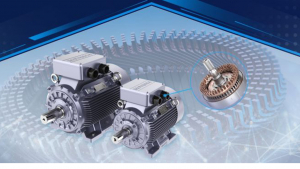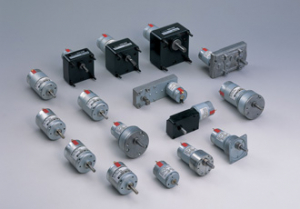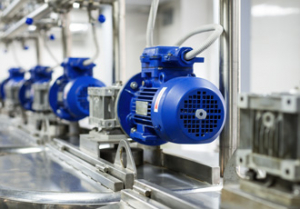Choosing the right commutators for individual applications

Located in the Italian Alps is the head office and workshops of PLD Collettori, a provider of commutators for the electric motor sector. The business is one of two recent members to join the AEMT (The Association of Electrical and Mechanical Trades).
Background and Capability
PLD Collettori has major contracts with Trenitalia Transport group, and exports between 70-80% largely to the European market, as well as the Middle East and Turkey. They supply a full range of traction and industrial commutators from 250/800mm right up to the more bespoke 2000mm.
Their small size, but multinational philosophy means they can offer a personalised service to manufacturing companies looking to find solutions through prototypes, engineering companies looking for replacement commutators for old equipment, or any bespoke design.
With over 30 years of experience, PLD can be a welcome partner to draw knowledge and knowhow from. Their expertise covers the range of technologies in use, calculating dynamic stresses, material selection, equipment design, assembly methods, and stabilisation. An internal design department works with 3D CAD drawings to accurately produce a virtual design, which, when finalised, is also used to develop the jigs required for forming the commutators with great accuracy.
Incidentally, these jigs are also manufactured in house, contributing to their philosophy for quick-response-manufacturing. Combined with an inhouse copper drawing capability, means Luciano’s team can produce high quality commutators in-house, without the unpredictability and lead times from external suppliers.
Creating Commutators
When replacing a commutator like for like, it helps PLD if you have the original manufacturer’s certificate, drawings and dimensions. If these are not available, PLD can work with you to understand the application of the equipment and come to a suitable work specification for the grade of materials to be used. In addition to this, material grades, and modern manufacturing methods mean that mechanical strengths in the commutator can be improved. This might be required if the machine is to operate at higher speeds than originally specified.
The way the commutator bars and mica insulations (segment packs) are mounted onto the steel hub defines the type of commutator, all their methods are designed to apply considerable counter force to hold the bars together despite the high speed centrifugal forces.
Dovetail or V-ring commutators are the most common method of mounting and are used in most applications. A V-shaped notch is cut in the front and back of the commutator bars. A corresponding V-shaped ring, insulated with mica, holds the commutator together.
When clamped, tension forms between the bars and rings, drawing the commutator bars inwards.
When designing this mounting method, an experienced designer allows enough bar height to accommodate the v-notch without weakening the bars. A shallow V-notch, designed incorrectly, will allow bars to lift in operation, which will lead to a failure.
Glass-banded commutators are lighter in weight and require less maintenance. The segment pack compression is retained on the exterior of the commutator by cured glass banding applied in grooves adjacent to the brush track.
These banded commutators, which lack clamping, means they cannot be checked for tightness in the same way as the dovetail configuration. However, by tapping each segment and listening out for the ‘ring’ ensures the bars have remained rigid.
Steel shrink ring commutators are designed for extreme duty applications and can withstand rapid acceleration and high speeds. The technique for shrinking-on is more modern than that used for dovetailing. The copper alloy body, which is held together by glass banding, is shrunk into an insulated steel body to give a single compact piece. This can reach high rotational speeds, even for very long commutators.
Molded commutators are typically smaller, less expensive, for high series production. The equipment is not usually repaired; which is why PLD Collettori do not produce them.
Finally, before shipping the finished commutators, several quality checks are carried out. Checks include, testing of dimensions, insulation resistance with a dielectric or hipot test, commutator hardness (Brinnel Test), measuring resistance to mass, heat seasoning of the commutator through various operating cycles, and an over speed centrifuge test.












Write a comment
No comments